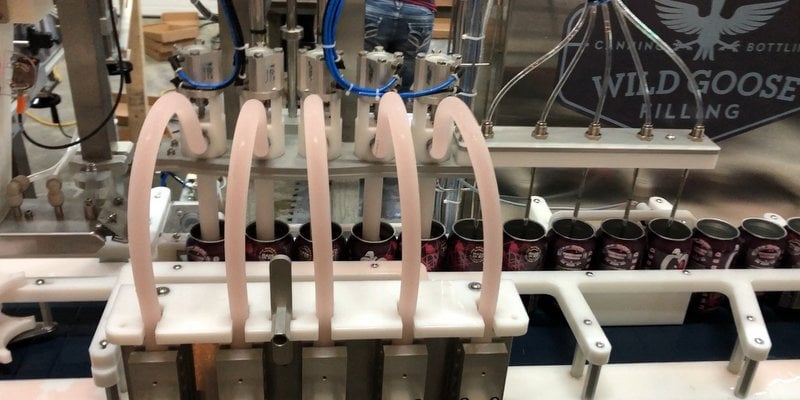
When considering how to package your product, it’s important to consider how that packaging process will impact the taste and quality of your beverage.
As a brewer, you want your beer to taste good—and as consumers of your beer, we support this goal. You focus on your recipes, the quality of your ingredients and the brewing process as a whole. The packaging of your product may be the last thing on your mind, but understanding how the packaging process will impact the taste of your beer can boost your confidence to produce award-winning flavors that will be well-received by consumers.
It’s essential to take precautions to prevent dissolved oxygen from ruining the flavor and quality of your beer. That’s where Wild Goose’s dissolved oxygen expertise comes in. Wild Goose Filling has over 25 years of expertise in packaging products to maintain beer quality by preventing high dissolved oxygen. With machines like the industry standard Evolution Series that expands with you to the newly released Gosling 2.0, making sure your packaging equipment maintains the quality of your beer is paramount to the Wild Goose Filling team.
The Problem with Dissolved Oxygen in Canned Beer
Dissolved oxygen (D.O.) refers to the amount of oxygen that is incorporated into the liquid in the brewing and packaging process. While oxygen is essential for yeast in the fermentation process, too much dissolved oxygen can cause oxidation, which can lead to off-flavors and a shorter shelf life.
D.O. can have several negative effects on beer. When oxygen reacts with the components of beer, it can produce undesirable flavors and aromas. Oxidation can also lead to the formation of aldehydes, which creates a stale or cardboard-like flavor.
Managing the amount of oxygen is an important step in the beer-making process but grows exponentially more important the longer your beer’s life span. Excessive D.O. can cause premature aging of beer, resulting in a shorter shelf life.
The amount of D.O. in beer may vary depending on the brewing process and packaging method. The amount of D.O. in beer may increase during the packaging process, especially during canning. The process of filling cans with beer may introduce oxygen into the beer, and if not controlled, can lead to high levels of D.O. in the finished product. Packaging can never remove oxygen already in the beer from the brewing process, but proper packaging equipment and quality practices can help minimize the pickup of added D.O..
How to Prevent Dissolved Oxygen in Canned Beer
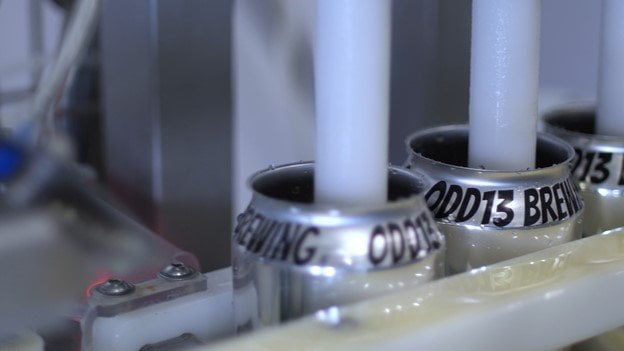
Purging the cans with CO2 before filling | One of the most effective ways to prevent D.O. is to purge the cans with CO2 before filling them with beer. This process displaces the air in the can, which contains oxygen, and replaces it with CO2. As a real-world example, Wild Goose canning lines are equipped with a CO2 purging system that allows you to achieve this quickly and easily. Like its predecessors, the Gosling 2.0 purges each can with CO2 directly before filling. The can then moves to the fill head where it is filled with product before quickly being topped with a lid and seamed.
When using your canning line, you should ensure that the CO2 purging system is properly set up and functioning correctly. Your service installer should ensure of this during your install, but it’s important to stay on top of your machine’s operation in the long term. The system should be able to consistently provide enough CO2 to create a stable CO2 blanket inside the can, preventing oxygen from entering the can during filling.
CO2 purging your cans should not just be a checklist feature on your canning line. Effective purging needs meticulous regulation of speed and pressure. Wild Goose’s CO2 purge system guarantees precise, minimal volumes of CO2 to safely displace oxygen and prevent new intake at no danger to the operator. Additionally, system users can optimize purge pressure and duration to be optimal for their specific environment.
Bottom to Top Filling | Filling cans from the bottom up and keeping the fill nozzle below the surface can help reduce the amount of oxygen that gets trapped in the beer. Residual liquid is naturally exposed to the environment between fill cycles, so bottom-actuated fill heads prevent oxygen intake. Bottom-actuated subsurface filling also minimizes cross contamination. Wild Goose’s atmospheric canning lines—the Gosling, Gosling 2.0 and the Evolution Series—as well as Fusion 2.0—feature a bottom filling system that does this for you automatically, minimizing the exposure of the beer to oxygen.
After purging the cans with CO2, the bottom filling system works by introducing the beer from the bottom of the can, pushing the CO2 upwards in the can as it fills and forcing out any remaining oxygen. This process helps to minimize the amount of oxygen that comes into contact with the beer.
Monitoring Dissolved Oxygen Levels | To ensure you’re effectively preventing D.O., it’s important to monitor the dissolved oxygen levels of your canned beer. The best practice is to check the D.O. levels throughout the brewing and canning process, from primary fermentation to after seaming the cans. If you notice any spikes in D.O. levels, investigate the cause by narrowing down potential ingress points so you can take corrective action.
The process of testing for D.O. can seem intimidating. Be sure to keep a log of D.O. levels. Maintaining a consistent methodology focused on results and trends is crucial for precise D.O. measurement. Because there are limited ways to decrease D.O. in beer once fermentation is finished—but many ways to introduce it—it we recommend that you measure D.O. levels after primary fermentation and before dry hopping to monitor the initial stage of the process.
Measure again after dry hopping to see how that process added D.O. to the tank. When you transfer to a bright or packaging tank, test D.O. again. If the D.O. level has increased significantly, do some research to determine whether the tank was properly purged or whether there was any oxygen pickup through the pump or any of the hose gaskets. Track and log methodically to identify any phantom sources of oxygen in your beer.
When you package, check D.O. levels in the tank again and once more at the filler to make sure your pump and hoses are not adding D.O. to the beer. Keep a running log and test fills throughout the day, measuring temperature, carbonation level, and tank pressure to help ensure consistency from batch to batch. It is best to measure when the beer comes directly off the line with a D.O. analyzer that is calibrated to a known standard to ensure the most consistent results. This may seem daunting, but through testing can save you from painful (and expensive) recalls or damage to your quality brand.
Packaging Machine Add-Ons for D.O. Prevention
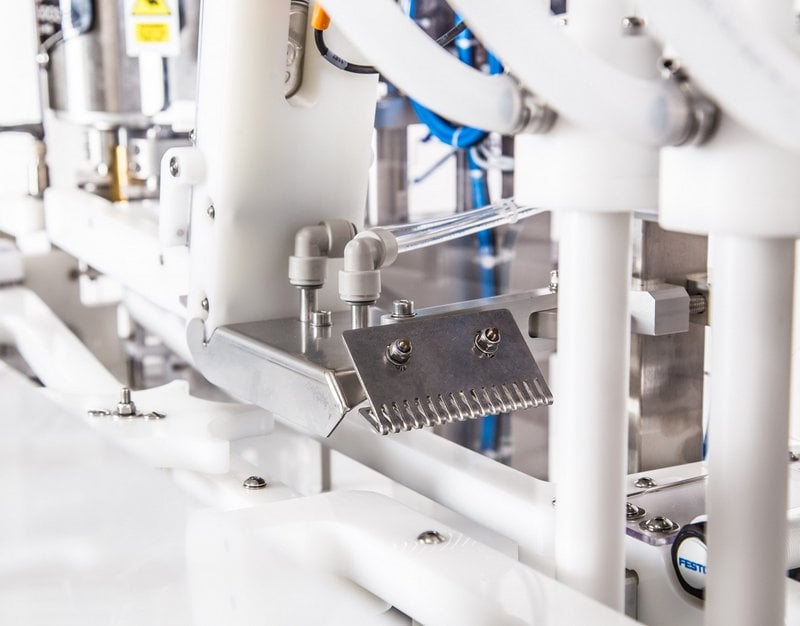
Along with maximum user control over fill, foam, purge, CO2 blanket and underlid gassing, Wild Goose systems further limit dissolved oxygen pickup with the optional “D.O. Buster” add-on.
Wild Goose’s D.O. Buster CO2 Tunnel blocks oxygen from entering cans between fill and lid placement and has been shown in beverage tests to decrease overfill waste that is common in other canning lines. By dispensing blanket plus underlid CO2, removing oxygen-heavy “frog-eye” bubbles and reinforcing consistent foam conditions, the D.O. Buster ensures fill accuracy and reliable lid placement. Consistent laminar flow minimizes surface disturbance to further reduce D.O. pickup.
It’s not a necessary add-on, but it does come highly recommended and is retrofittable to the entire Wild Goose canning line up.
Myth Busted: D.O. with Counter Pressure Filling vs. Atmospheric Filling
A common misconception in the canning world is that counter pressure filling results in lower D.O.. The truth is, regardless of what type of filling your machine uses, the cans will always finish the fill open to the atmosphere before passing under the lid dropper, allowing for more D.O. to enter the product. The only difference in these systems is what happens during the fill itself. If buying a machine that will give you low D.O. is a priority for you (and we think it should be!), focus on what happens to the cans before and after they are filled. Every Wild Goose canning line is equipped to help you prevent high D.O. levels, regardless of the type of filling it uses.
Conclusion
How beer is made, packaged, and delivered can affect the flavor and quality of the final product. But with the right processes, experienced operators and a good packaging system, you can manage dissolved oxygen levels and focus on what you do best—making great-tasting beer.
Dissolved oxygen is a significant concern when canning beer, as excessive D.O. can lead to off-flavors, premature aging, and a shorter shelf life. It is crucial to consider D.O. levels at every stage of the product’s lifespan. By following these tips you can minimize the amount of oxygen that gets trapped in your beer and ensure that it stays fresh for as long as possible. Canning beer can be a great way to package and preserve your favorite brews, and with the right equipment and techniques, you can produce high-quality canned beer your customers will love.
Learn more about preventing dissolved oxygen in your product and other packaging tips and tricks on the Wild Goose blog. We might be a little biased, but we’d recommend a Wild Goose canning system to give you peace of mind on D.O. controls.
Want a compact and affordable canning line that doesn’t compromise packaging quality? The Gosling 2.0 may be the packaging line for you.
Interested in counter-pressure filling? Check out Wild Goose’s newly released Fusion 2.0™ Counter Pressure filler.

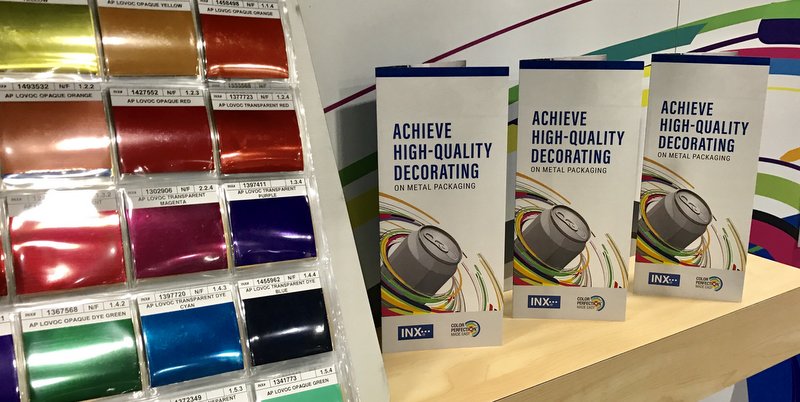
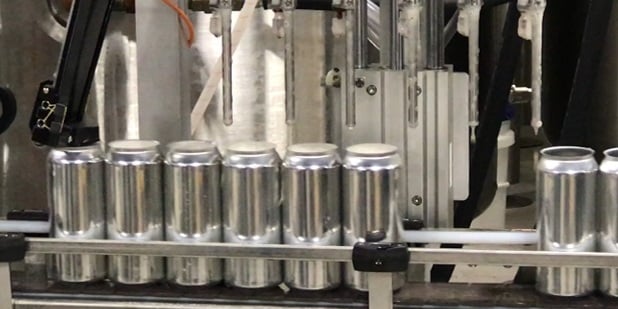
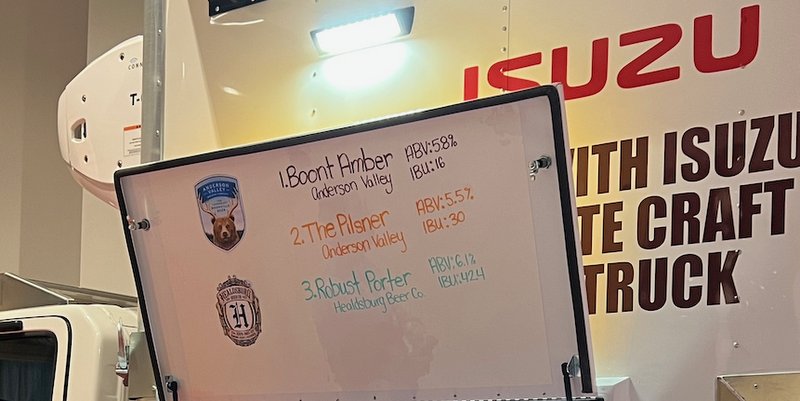
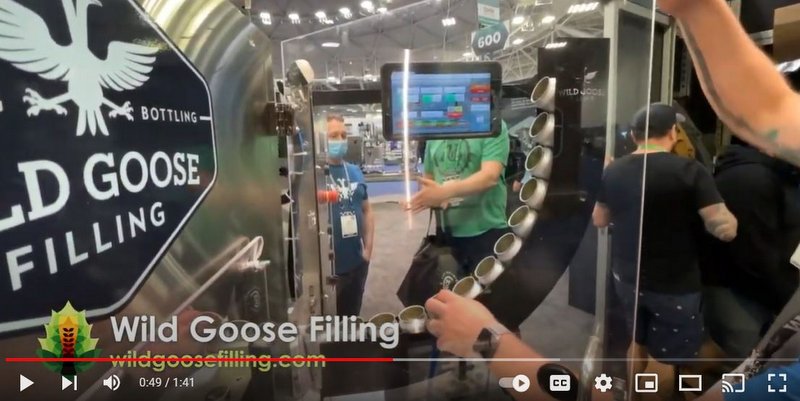
Leave a Reply
You must be logged in to post a comment.